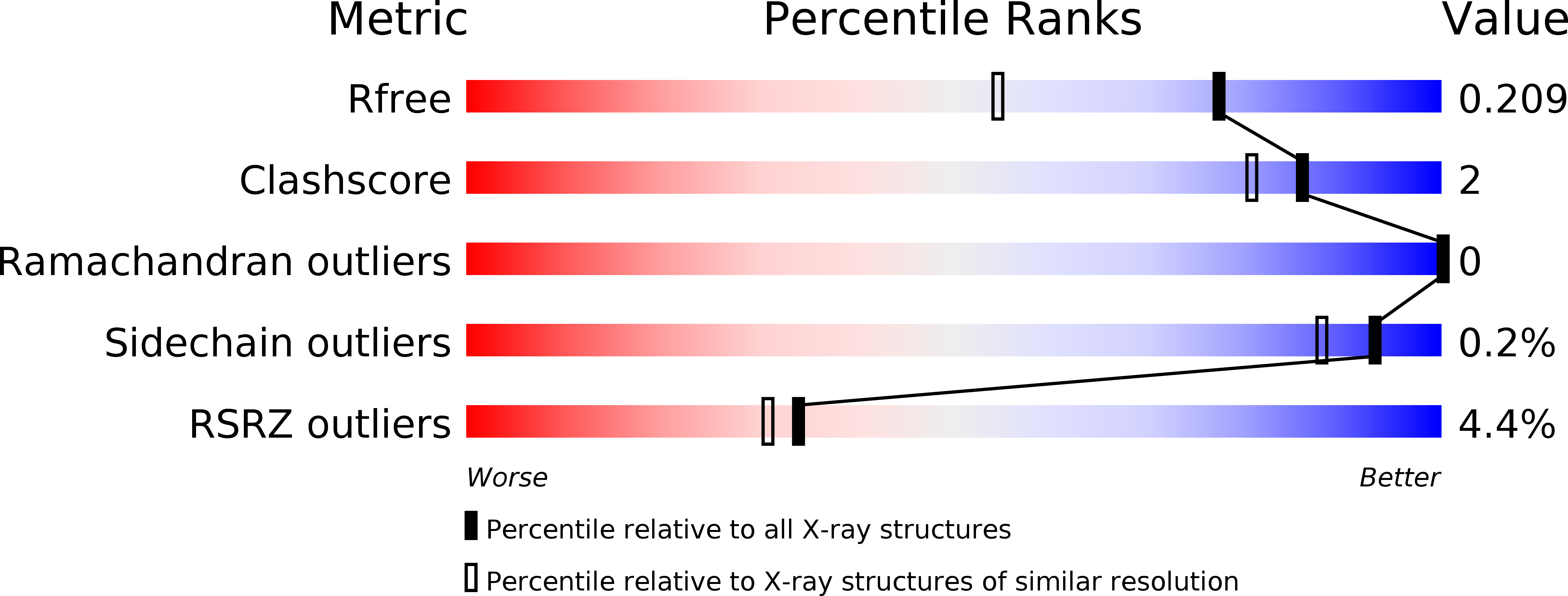
Deposition Date
2002-07-25
Release Date
2003-05-27
Last Version Date
2023-10-25
Entry Detail
Biological Source:
Source Organism:
Leifsonia aquatica (Taxon ID: 144185)
Host Organism:
Method Details:
Experimental Method:
Resolution:
1.60 Å
R-Value Free:
0.21
R-Value Work:
0.19
Space Group:
P 1


